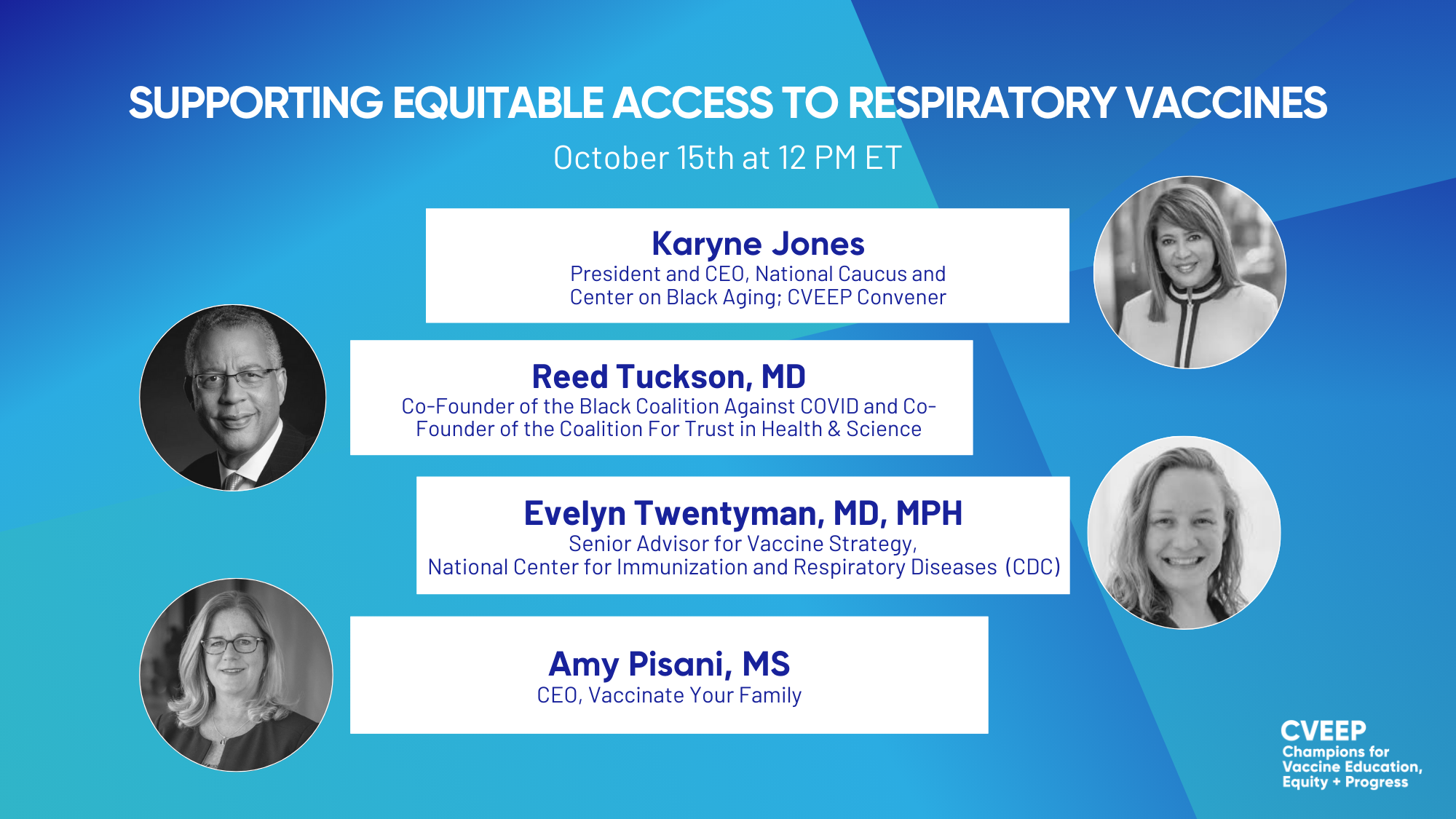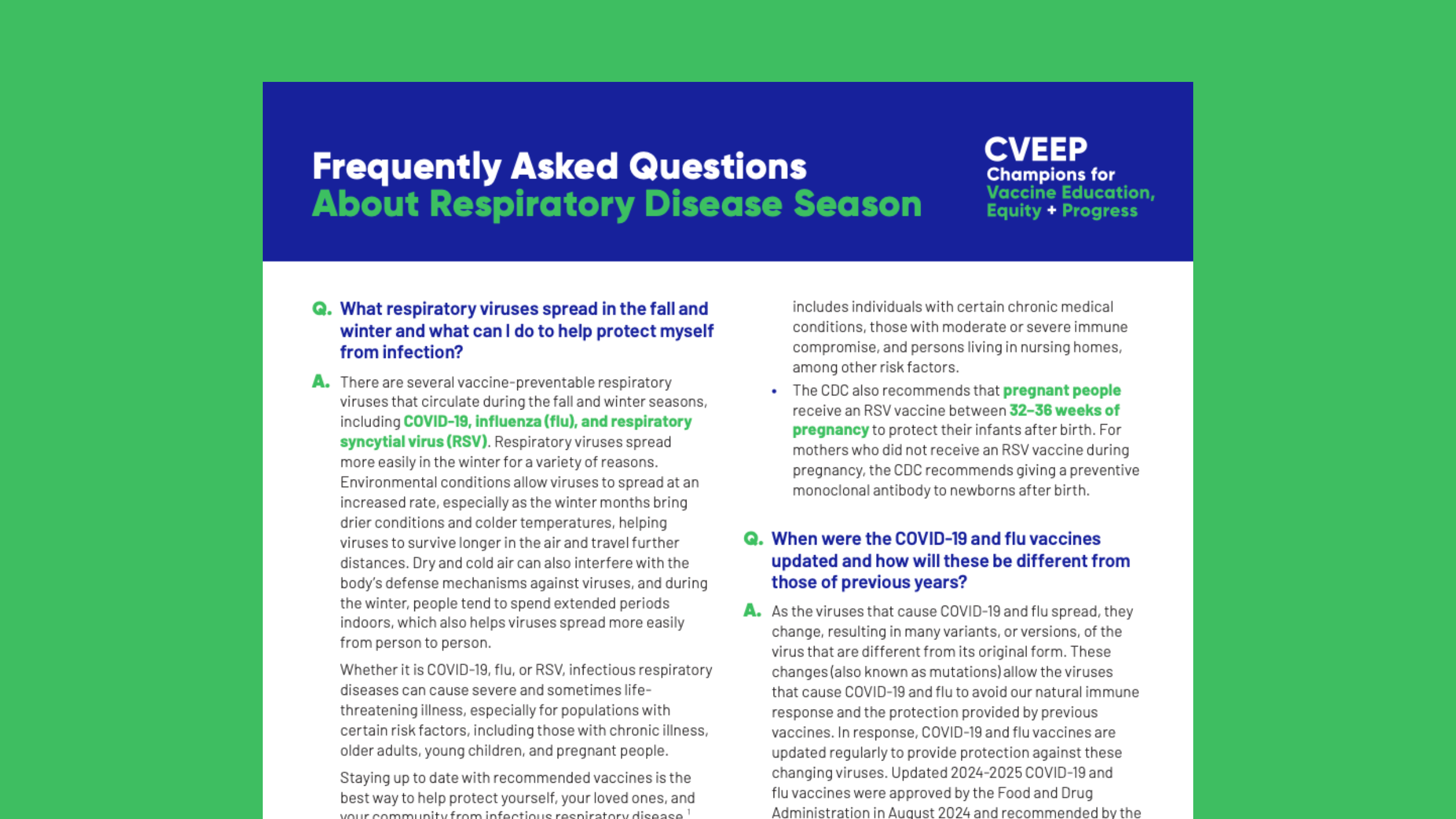Don’t miss your window of opportunity to start COVID-19 treatment.
COVID-19 hasn’t disappeared.
While not a substitute for vaccination, safe and effective antiviral treatments are available for people at high risk of severe COVID-19.
Treatment with oral COVID-19 antivirals needs to start within the first 5 days after symptoms first appear to prevent mild symptoms from turning severe. With a short window of opportunity to start treatment, it’s important for anyone with one or more risk factors to be prepared and act quickly when the first symptoms of COVID-19 appear.
Talk to your healthcare provider or pharmacist to determine if an antiviral treatment is an option for you.
Am I at risk?
- Age: Age is the strongest risk factor for severe COVID-19, according to the CDC. Risk for severe COVID-19 dramatically increases with age.
- Health conditions: Conditions that qualify as high risk of developing severe COVID-19 include asthma, cancer, diabetes, disabilities, heart conditions, lung disease, kidney disease, obesity, mental health conditions, smoking (current and former), substance use disorders, and more.
- Social factors: Many vulnerable communities may also be at greater risk of severe COVID-19 and are less likely to receive treatment. According to the CDC, if you are part of a racial and ethnic minority group, you could be nearly twice as likely to face serious complications from COVID-19.
In addition to other risk factors, people who are unvaccinated or not up to date with COVID-19 vaccines are more likely to have severe COVID-19.
Do I still need to be worried about COVID-19?
New circulating variants of COVID-19 spread easily and have already caused thousands of hospitalizations and deaths this fall and winter, primarily in those at higher risk of severe illness.
According to the CDC, most of us may be at higher risk of getting severe illness from COVID-19, including: people aged 50+, with or without other health conditions, simply because the ability of our immune system to fight infections declines as we age; and people of any age living with one or more common health conditions, such as cancer, asthma, diabetes, heart disease, as well as those with weakened immune system.
Nearly three-quarters of Americans may be at higher risk of contracting severe COVID-19. Being age 50 or over or having a host of common health conditions including cancer, asthma, diabetes, heart disease, and weakened immune systems can make someone more likely to experience severe COVID-19 symptoms. This means high-risk individuals are at increased risk for hospitalization or worse.
Stay protected and prevent severe illness.
First, stay up to date with the latest COVID-19 vaccine, which is the best way to protect yourself and your community against severe illness and death. Those who are 6 months or older are eligible to receive the updated COVID-19 vaccine and should get it as soon as possible. This is a universal CDC recommendation, similar to the flu vaccine.
For those of us who are at higher risk of severe COVID-19, it is a good idea to plan ahead before you get sick. Talk to your healthcare provider to know whether an oral, pill-form antiviral treatment that you can take at home is an option. Oral antiviral treatments have been found in FDA-reviewed studies to significantly reduce the risk of hospitalization or death from COVID-19 in people at higher risk of severe illness. These treatments have also been found to reduce the risk of developing “long COVID,” which are debilitating symptoms that can persist for weeks or even months after an initial infection fades.
SMALL WINDOW OF OPPORTUNITY: There are two oral antiviral treatments available. In order to be effective, these treatments must be started in people with confirmed cases of COVID-19 (i.e., those who test positive) within 5 days from when mild to moderate symptoms start. You should call your healthcare provider as soon as you test positive for the virus and are experiencing one or more symptoms of COVID-19.
If you receive a prescription for an oral COVID-19 antiviral, make sure that your healthcare provider reviews all other medications you are taking, including over-the-counter medications and supplements, to check for any drug interactions. The most common side effects with oral COVID-19 antivirals are altered taste or a potential loss of taste, diarrhea or nausea, and muscle aches.
Why is it important to begin treatment within a window of time?
In this case, that within the first five days of developing symptoms. Once you’ve been ill with the virus for more than a week, the damage done to the body in a severe case cannot be undone by the antiviral. Since oral COVID-19 antiviral medications are only available with a prescription, you must call your healthcare provider as soon as you test positive with symptoms. Your provider will not be able to prescribe you oral treatment past the five-day window.

Where can I get antiviral treatments?
Oral antiviral treatments are available with a prescription from your healthcare provider at pharmacies across the country.
If you are hospitalized with COVID-19, or cannot take an oral antiviral, there are intravenous (IV) antiviral medications that may be administered by a healthcare provider within 7 days from when symptoms start.
Both oral antiviral treatments have transitioned from U.S. government distribution to the commercial market and traditional health care coverage. Cost and coverage options vary depending on the drug, and there are patient assistance programs, co-pay programs, and other plans to help ensure COVID-19 treatments will continue to be available at no or low cost for most individuals.
For Paxlovid:
Those who receive care from federal entities, including Health Resources and Services Administration (HRSA)-supported health centers, Indian Health Service, Veterans Health Administration, and others will have continued access to free antiviral treatments.
Those who have Medicare or Medicaid coverage and the uninsured without prescription drug coverage can access Paxlovid through PAXCESS, which includes the U.S. Government’s Patient Assistance Program operated by Pfizer.
For those with private (commercial) insurance, the PAXCESS program offers a co-pay savings program.
PAXCESS Patient Support Program | 1-877-219-7225
For Lagevrio:
Through the Merck Patient Assistance Program (Merck Helps), eligible individuals, primarily the uninsured, who without assistance could not otherwise afford the medicines, can receive Lagevrio free of charge. Individuals who don’t meet the insurance criteria may still qualify for this program under certain circumstances and if their income meets the program criteria.
MerckHelps – Lagevrio | 1-800-727-5400
Want to learn more?
Latest Resources

Supporting Equitable Access to Respiratory Vaccines: Best Practices and Implementation of Risk-Based Recommendations
Watch CVEEP’s conversations with experts on best practices and implementation of risk-based respiratory vaccine recommendations.

¿El Seguro Cubre las Vacunas Contra las Enfermedades Respiratorias?
Read more

